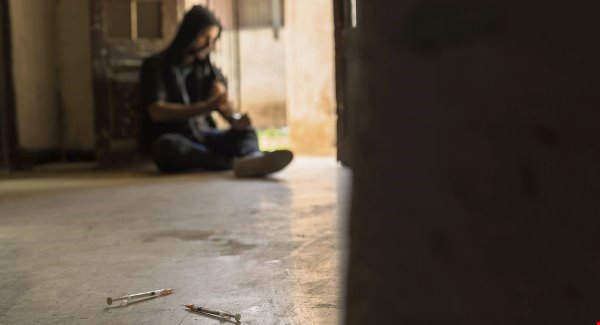
[dropcap]A[/dropcap] new law allowing the establishment of medically supervised drug injection facilities was approved earlier this month.
Health minister, Simon Harris, has since confirmed that the Government is planning to proceed with plans to open the first supervised injection centre in Dublin later this year.
The injection centre will be designed to assist those with drug addictions and offer them a safe place to go rather than loitering on the streets of the city.
Drug users will be provided with a safe place to inject with medical supervision at all times.
The controversial movement leaves the public to make their decision of whether they think this is a good or bad idea. Is this drug promotion? Or is this a step in the right direction towards the safety of the public?
According to TheJournal.ie, up to 6,000 needles are found in one park in Dublin City Centre every year.
For a start, this establishment means that there could be a decrease in the number of syringes found on the streets of Dublin city every year in the early hours of the morning.
The danger caused by abandoned syringes can be monumental. For example, if someone has injected themselves and left the needle behind at the location they used it, the risk of someone else accidentally piercing themselves with that same needle is possible whether the needle is left in a park, on a bus or in a public bin.
If someone with human immunodeficiency virus (HIV), Hepatitis B, Hepatitis C or another infection or virus transmitted through blood or bodily fluids had injected themselves, the virus has potential to infect another person if they come in contact with blood on the syringe.
In March 2015, a 5-year-old girl was the victim of a syringe left in a parking meter in Dublin City Centre. As she was walking to school with her mother, she put her hand in the parking meter ticket dispenser and screamed as her hand was pricked with a needle.
Immediately after the incident the child was taken to hospital and tested for various diseases and infections.
Such a traumatic incident is something that the public should not have to deal with.
Such terrifying and life threatening situations should not be a threat to Dublin City residents on a day-to-day basis and such risk can only be reduced by the ability for all harm to be contained in one space.
For this sole reason, supervised injection centres provide a great benefit of safety.
Instead of spreading harm all over the city, why not contain it in one place, where the rest of the public (non-drug users) will not be at risk of facing the consequences of someone else’s problems.
We would never expect to be put at risk of contracting a life-threatening disease while walking to school, college or work in the early morning. So why not prevent things like this from happening before it is too late?
From another angle, the introduction of injection centres will mean that it will be legal to be in possession of certain drugs on the premises.
An understandably arguable point, the question of whether or not these clinics will simply assist those with their drug addictions is undeniably there.
The new facility is said to cost between €1.5 and €1.8 million every year. Is Ireland’s drug problem deserving of such funds?
Simply put, the answer is yes. Injection centres could be the person someone who survives a drug addiction thanks for the medical assistance that will be available.
DCU Student Union president, Dylan Kehoe, said “I think they could really help those with drug problems in the long run and will provide a safe environment for those suffering.”
“I think it’s a good idea and is very progressive for Irish Society”, Dylan said.
Ireland’s drug problem is no secret. But until more permanent measures can be put in place, incentives such as the supervised injection centres will, at least, provide a place for which the use of drugs can be monitored.
The idea of Injection centres may be news to Ireland, however, they have been established in many countries over the past few years.
According to DrugInfo, there are now over 90 safe injecting facilities worldwide with the majority of these facilities available in European countries including Spain, Germany and Norway.
Rather than viewing such incentives as drug promotion tools they should be seen and valued as a prevention of drug use in society and as a precaution used to improve citizen safety.
This implementation of safe injecting facilities will not promote the use of drugs themselves. Instead, they will encourage the safe use of drugs for those already regularly using them.
Such an ongoing, large scale, national issue needs attention. Ireland’s drug problem cannot be ignored and neglected only for it to worsen over the coming years.
Without a doubt, it would be easier to be reactive to such a dilemma rather than proactive.
However, the approved legislation for the introduction of supervised injecting centres is a proactive measure towards addressing the drug problem and doing something to monitor and control it rather than letting it manifest into an even larger scale issue.
The answer to Ireland’s ongoing issue with drugs will not be solved as soon as the doors of the first supervised injecting centre swing open, but it surely will provide more protection than harm to its users and the public.



